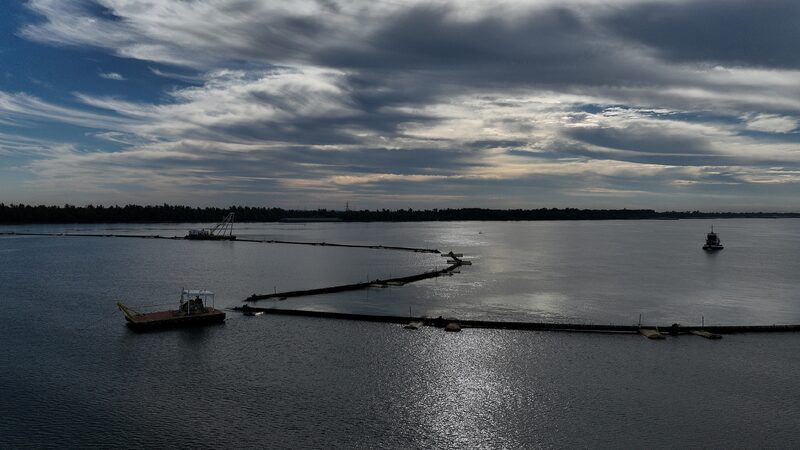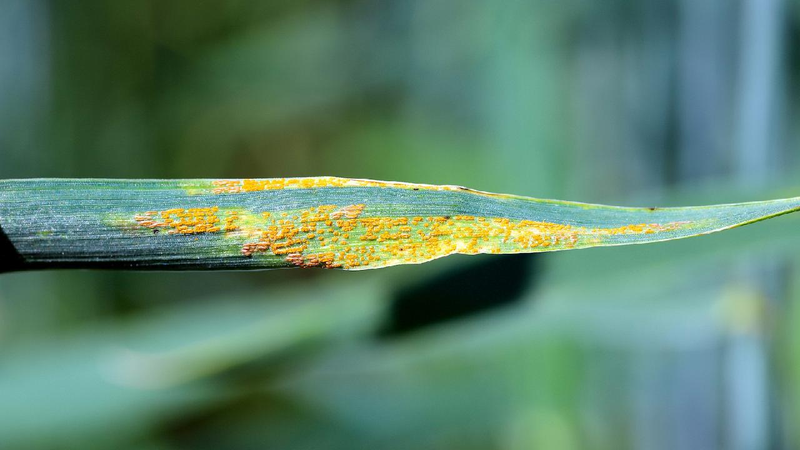Hey there! Did you know that by the year 2100, seawater might sneak into underground freshwater in about three out of every four coastal areas around the world? 🌊😱
Scientists at NASA’s Jet Propulsion Laboratory have found that because of climate change, rising sea levels are pushing salty ocean water into places where we get our fresh drinking water underground. This means that the water we use to drink, water plants, and help animals might become too salty! 🧂🚰
But why is this happening? Well, as the Earth’s temperature gets warmer, ice melts, and sea levels rise. This rising water moves onto the land and pushes saltwater into the ground where fresh water is stored. These underground areas are called aquifers (pronounced “ak-wuh-fers”), which are like giant sponges holding water beneath the ground. 🌍💧
At the same time, in some places, there is less rain and warmer weather, so less fresh water is going back into the ground. This makes it easier for the salty water to take over. 🏜️☀️
This could be a big problem because salty water isn’t good for drinking or growing plants. It can also hurt animals and even damage buildings and roads. 🐟🌱🏗️
So, what can we do? Learning about climate change and how it affects our planet is a great start! By understanding these changes, we can work together to find solutions and protect our precious water sources. 💡🤝
Let’s take care of our Earth so it can take care of us! 🌎❤️
Reference(s):
Study suggests seawater intrusion could affect underground freshwater
cgtn.com




